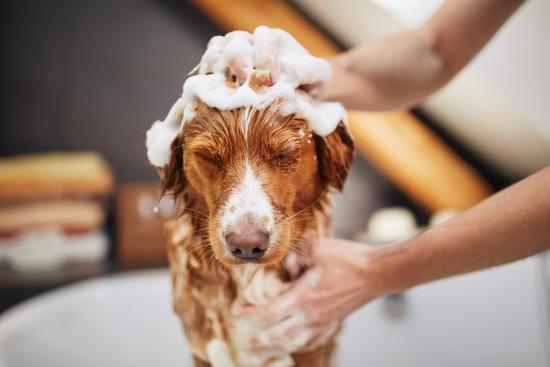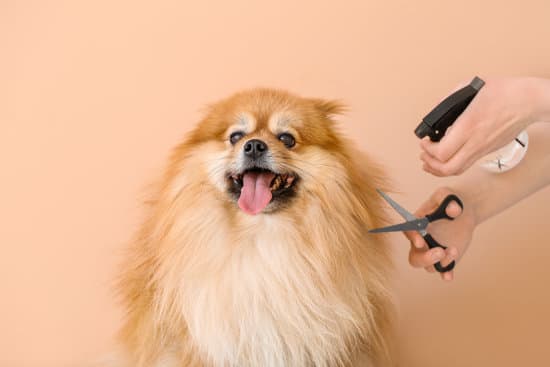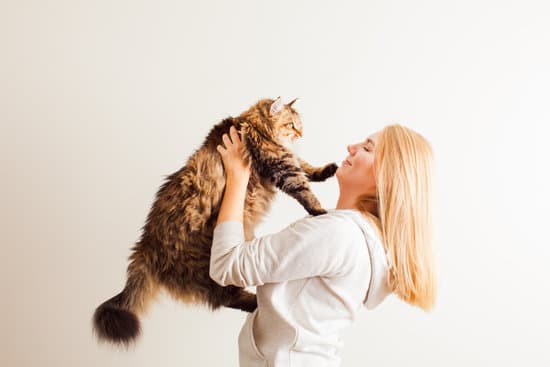Dog Expert Advice for a Clean and Happy Pup
Grooming your dog is an essential aspect of pet care that ensures your furry friend remains healthy and happy. While professional grooming services are available, many dog owners prefer to groom their pets at home. However, grooming your dog at home requires knowledge and skills to avoid causing harm to your pet. In this article, we will provide seven top tips for grooming your dog at home, ensuring that your furry friend looks and feels their best.
The first tip for grooming your pooch at home is to invest in the right tools. Having the right tools, such as brushes, combs, and clippers, can make grooming your dog more manageable and efficient. Additionally, it’s essential to use the right products, such as dog-specific shampoo and conditioner, to avoid causing skin irritation or other health issues.
Another essential tip is to establish a regular grooming routine. Regular grooming can help keep your pooch’s coat healthy and reduce the risk of matting and tangling. Additionally, it’s an excellent opportunity to check your pooch’s skin for any signs of irritation or infection. By establishing a regular grooming routine, you can ensure that your dog is always looking and feeling their best.
Preparing Your Space
Choosing the Right Location

Before starting the grooming process, it’s important to choose the right location to groom your dog. Ideally, you should choose a place that is well-lit, well-ventilated, and easy to clean. It’s also important to choose a location where your pooch feels comfortable and relaxed.
If you have a small pooch, you can use a table or a countertop to groom them. For larger dogs, you can use a bathtub or a dedicated grooming area. Whatever location you choose, make sure it’s safe and secure. You don’t want your dog to escape or get injured during the grooming process.
Gathering Necessary Tools
To groom your dog at home, you’ll need a few essential tools. These include a brush, a comb, nail clippers, ear cleaner, and shampoo. You may also need a hair dryer, depending on your dog’s coat type.
When choosing your tools, make sure they’re appropriate for your dog’s breed and coat type. For example, a slicker brush is great for removing tangles and mats, while a pin brush is great for daily brushing. It’s also important to choose high-quality tools that will last for a long time.
In conclusion, preparing your space is an important step in grooming your dog at home. By choosing the right location and gathering the necessary tools, you can ensure a safe and comfortable grooming experience for your furry friend.
Brushing Techniques
Detangling Fur
Before starting to brush your dog’s coat, it is important to detangle any mats or knots that may have formed. This will make the brushing process easier and more comfortable for your furry friend. Use a detangling spray and a comb to gently work through any tangles, starting at the tips of the hair and working your way towards the root. Be patient and gentle, taking care not to pull or tug on the hair.
Brush Types for Different Coats

Different dog breeds have different types of coats, each requiring a specific type of brush. For example, a slicker brush is great for dogs with long, curly hair, while a bristle brush is better suited for short-haired breeds. It is important to choose the right brush for your dog’s coat to ensure effective grooming and prevent any discomfort.
Here are some common types of brushes and the coats they are best suited for:
| Brush Type | Coat Type |
|---|---|
| Slicker Brush | Long, curly, or thick coats |
| Pin Brush | Long, silky, or curly coats |
| Bristle Brush | Short, smooth, or wiry coats |
| Undercoat Rake | Double-coated breeds with thick undercoats |
| Shedding Blade | Breeds that shed heavily |
Remember to brush your dog’s coat regularly to keep it healthy and shiny. With the right technique and tools, grooming your dog at home can be a relaxing and enjoyable experience for both you and your furry companion.
Bathing Basics
Water Temperature and Safety
When it comes to bathing your dog, the first thing to consider is water temperature and safety. The water should be lukewarm, not too hot or too cold. It’s important to check the water temperature before you start bathing your dog. You can use a thermometer to ensure the water is at the right temperature.
Make sure to keep your dog safe during the bathing process. Never leave your pooch unattended in the bathtub or shower. Use a non-slip mat to prevent your pooch from slipping and hurting itself. Also, make sure the area is well-ventilated to prevent your pooch from getting overheated.
Shampoo Selection
Choosing the right shampoo is important for your dog’s skin and coat health. There are many different types of pooch shampoos available, such as oatmeal, medicated, and flea and tick shampoos. It’s important to choose a shampoo that is specifically designed for poochs and not use human shampoo, as it can be too harsh for their skin.
Before applying shampoo, wet your pooch’s coat thoroughly. Apply the shampoo and massage it into the coat, avoiding the eyes and ears. Rinse the shampoo off completely with lukewarm water. It’s important to rinse thoroughly to avoid any leftover shampoo residue, which can cause skin irritation.
Overall, bathing your pooch can be a great bonding experience and is important for their hygiene and health. By following these bathing basics, you can ensure a safe and effective bathing experience for both you and your furry friend.
Drying and Clipping
Towel and Blow Drying

After bathing your pooch, the next step is to dry its coat. Towel drying is the first and most important step in the drying process. Use a clean, absorbent towel to remove as much water as possible from your pooch’s coat. Gently rub the towel over your pooch’s body, making sure to reach all areas.
Once you have removed as much water as possible with the towel, you can move on to blow drying. Use a pet-specific hair dryer on the lowest heat setting to avoid burning your pooch’s skin. Hold the dryer at least 6 inches away from your pooch’s coat and move it around to ensure even drying. Make sure to dry the undercoat as well, as it can take longer to dry than the topcoat.
Safe Clipping Practices
Clipping your pooch’s coat is an essential part of grooming, but it can be dangerous if not done correctly. Before you start clipping, make sure your dog is calm and relaxed. Use a clipper with a guard to avoid accidentally cutting your pooch’s skin. Start with a longer guard and work your way down to a shorter one until you achieve the desired length.
When clipping around sensitive areas such as the ears, paws, and tail, use extra caution. Hold the skin taut with one hand and clip with the other. If you’re not comfortable with clipping your dog’s coat, consider taking it to a professional groomer.
By following these tips for drying and clipping your pooch’s coat, you can ensure that your furry friend stays healthy and happy.
Ear and Nail Care
Cleaning Ears Properly
Cleaning a pooch’s ears is an essential part of grooming, and it helps prevent infections, irritations, and other health problems. To clean your dog’s ears properly, follow these steps:
- Gather the necessary supplies, including cotton balls, ear cleaning solution, and treats.
- Hold your dog’s head steady and gently lift one ear flap.
- Apply a few drops of the ear cleaning solution into the ear canal.
- Massage the base of the ear for about 30 seconds to help distribute the solution.
- Wipe away any excess solution and debris with a cotton ball.
- Repeat the process on the other ear.
It’s essential to be gentle when cleaning your dog’s ears to avoid injuring the ear canal. Also, avoid using cotton swabs or Q-tips as they can push debris further into the ear canal.
Trimming Nails Safely

Trimming your dog’s nails is an important aspect of grooming, and it helps prevent overgrowth, breakage, and discomfort. Here are some tips for trimming your dog’s nails safely:
- Choose the right nail clipper for your dog’s size and nail thickness.
- Hold your dog’s paw firmly but gently.
- Identify the quick, which is the pink part of the nail that contains blood vessels and nerves.
- Cut the nail below the quick at a 45-degree angle.
- If you accidentally cut the quick, apply styptic powder to stop the bleeding.
It’s important to trim your dog’s nails regularly and avoid cutting the quick as it can cause pain and bleeding. If you’re not comfortable trimming your dog’s nails, consider taking them to a professional groomer or veterinarian.









